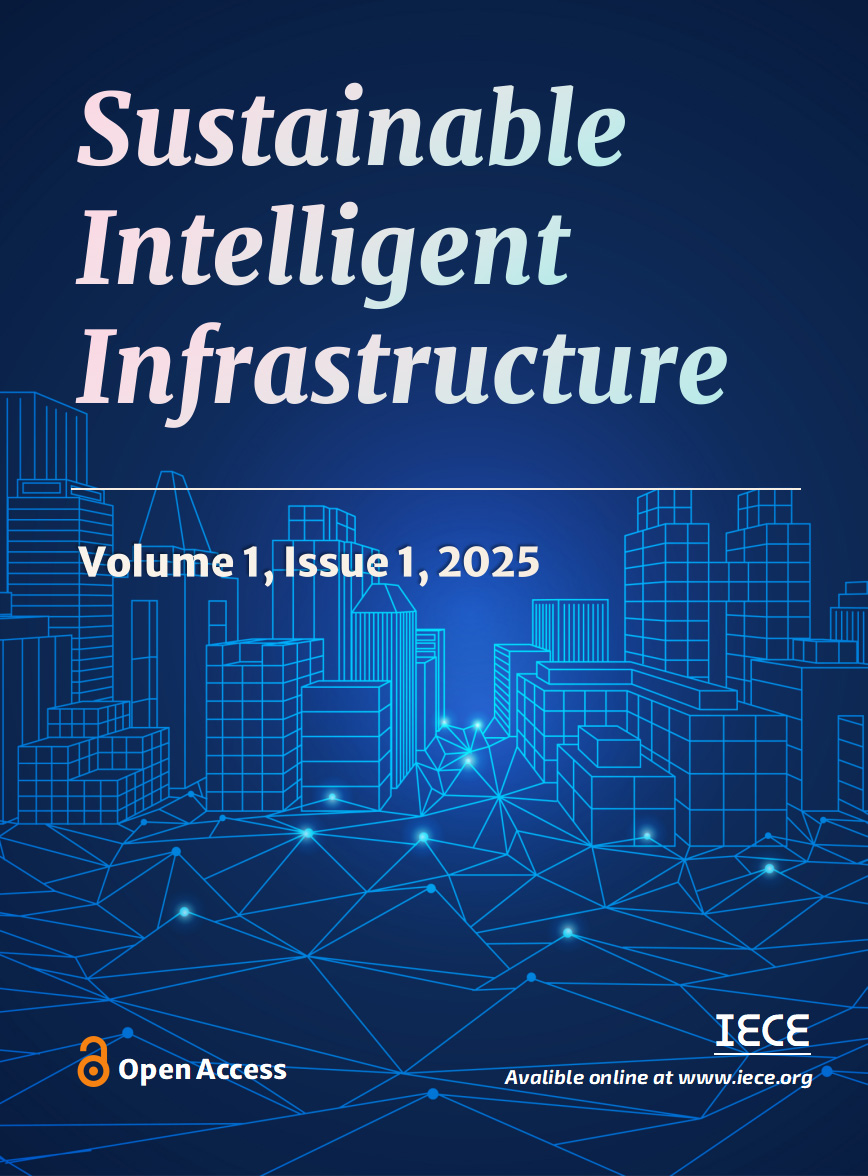Abstract
The use of personal protective equipment (PPE) has gained universal acceptance as a critical measure for safeguarding individuals against hazardous environments, including exposure to infectious agents and harmful substances. The increased use of PPE across various industries has resulted in a significant rise in its consumption. Primarily, the steady surge in global COVID cases has caused a sudden rise in demand for PPE. However, the indiscreet and irrational disposal method can potentially augment the impending climate change problem. In the prevailing situation, there is a need to assess their current mode of disposal in terms of carbon emissions. The present study aims to perform carbon footprint analysis (CFA) on landfilling, incineration, and recycling methods of disposal for two scenarios (1 and 100 million PPE). The results indicate that the application of the recycling option could contribute to a situation with conceivably positive emissions with net savings in emissions of approximately 0.159 million kg CO2e/million PPE. In contrast, it shows that the emissions associated with incineration are substantially higher than the other two methods with emissions of more than 0.78 million kg CO2e/million PPE. Additionally, transportation factors such as haulage distance and vehicle type significantly influence overall emissions. For scenario II, emissions from recycling and landfilling increase by 383% and 390%, respectively, compared to a 100% increase for incineration. Based on the net emissions, the order of preference for the three disposal methods is recycling > landfilling > incineration, which is consistent for both scenarios. However, for the hypothetical infinite periods, the emissions from landfilling can potentially rise by more than ten times compared to a surveyable period of 30 years. These findings highlight the need for sustainable PPE waste management to reduce environmental impact.
Keywords
personal protective equipment
carbon footprint analysis
incineration
landfilling
recycling
Data Availability Statement
Data will be made available on request.
Funding
This work was supported by Researchers Supporting Project Number under Grant RSP2025R279, King Saud University, Riyadh, Saudi Arabia.
Conflicts of Interest
Mohammed Ashfaq is the Engineering Manager at Osaimi Geotechnic Company, Khobar 34433, Saudi Arabia.
Ethical Approval and Consent to Participate
Not applicable.
Cite This Article
APA Style
Ashfaq, M., Nuruddin, M., Moghal, A. A. B., & Almajed, A. (2025). Carbon Footprint Analysis on Alternate Disposal Strategies for Personal Protective Equipment Waste. Sustainable Intelligent Infrastructure, 1(1), 29–38. https://doi.org/10.62762/SII.2025.512875
Publisher's Note
IECE stays neutral with regard to jurisdictional claims in published maps and institutional affiliations.
Rights and permissions

Copyright © 2025 by the Author(s). Published by Institute of Emerging and Computer Engineers. This article is an open access article distributed under the terms and conditions of the Creative Commons Attribution (CC BY) license (
https://creativecommons.org/licenses/by/4.0/), which permits use, sharing, adaptation, distribution and reproduction in any medium or format, as long as you give appropriate credit to the original author(s) and the source, provide a link to the Creative Commons licence, and indicate if changes were made.


 Submit Manuscript
Edit a Special Issue
Submit Manuscript
Edit a Special Issue

 Copyright © 2025 by the Author(s). Published by Institute of Emerging and Computer Engineers. This article is an open access article distributed under the terms and conditions of the Creative Commons Attribution (CC BY) license (https://creativecommons.org/licenses/by/4.0/), which permits use, sharing, adaptation, distribution and reproduction in any medium or format, as long as you give appropriate credit to the original author(s) and the source, provide a link to the Creative Commons licence, and indicate if changes were made.
Copyright © 2025 by the Author(s). Published by Institute of Emerging and Computer Engineers. This article is an open access article distributed under the terms and conditions of the Creative Commons Attribution (CC BY) license (https://creativecommons.org/licenses/by/4.0/), which permits use, sharing, adaptation, distribution and reproduction in any medium or format, as long as you give appropriate credit to the original author(s) and the source, provide a link to the Creative Commons licence, and indicate if changes were made. 